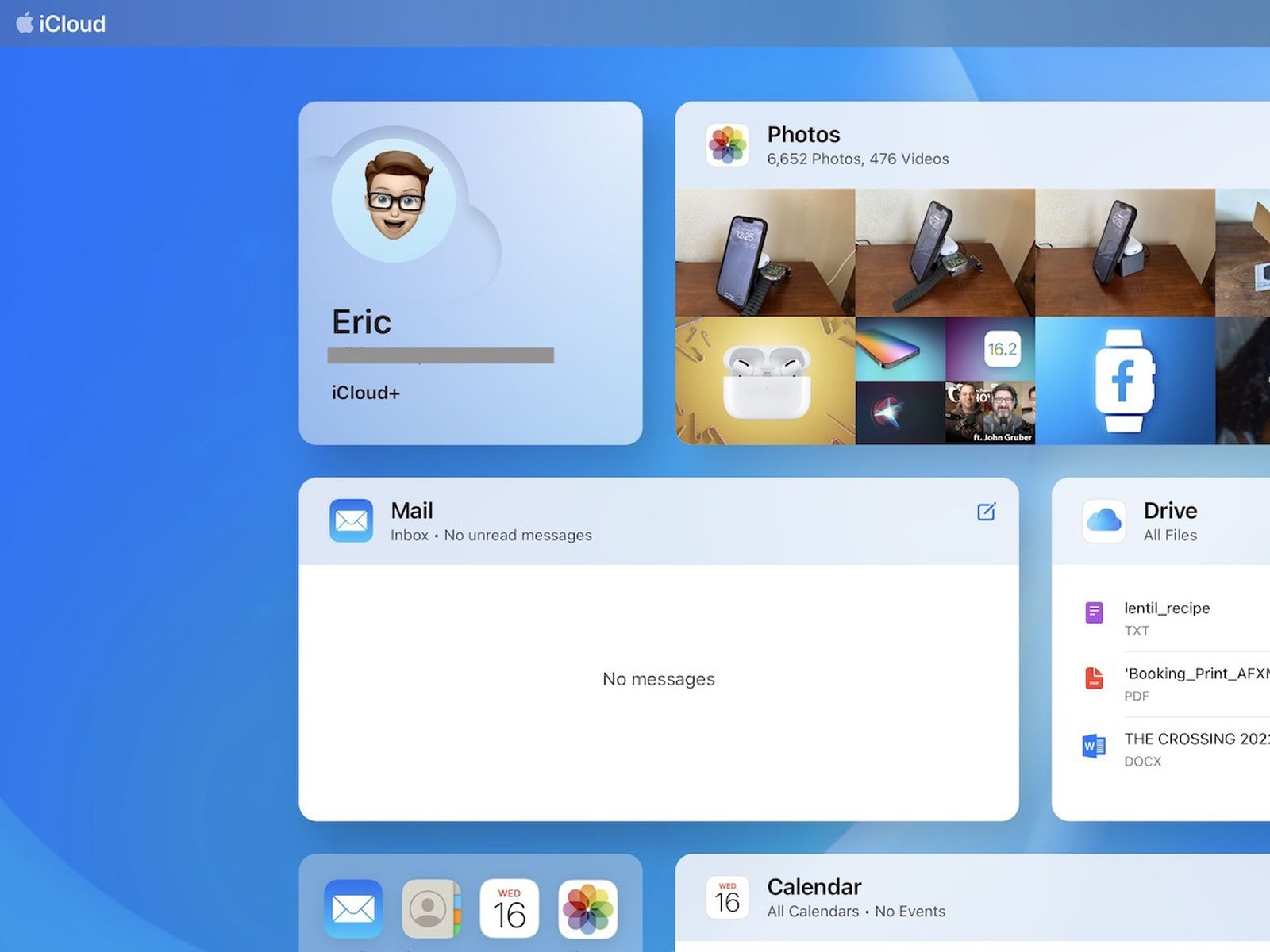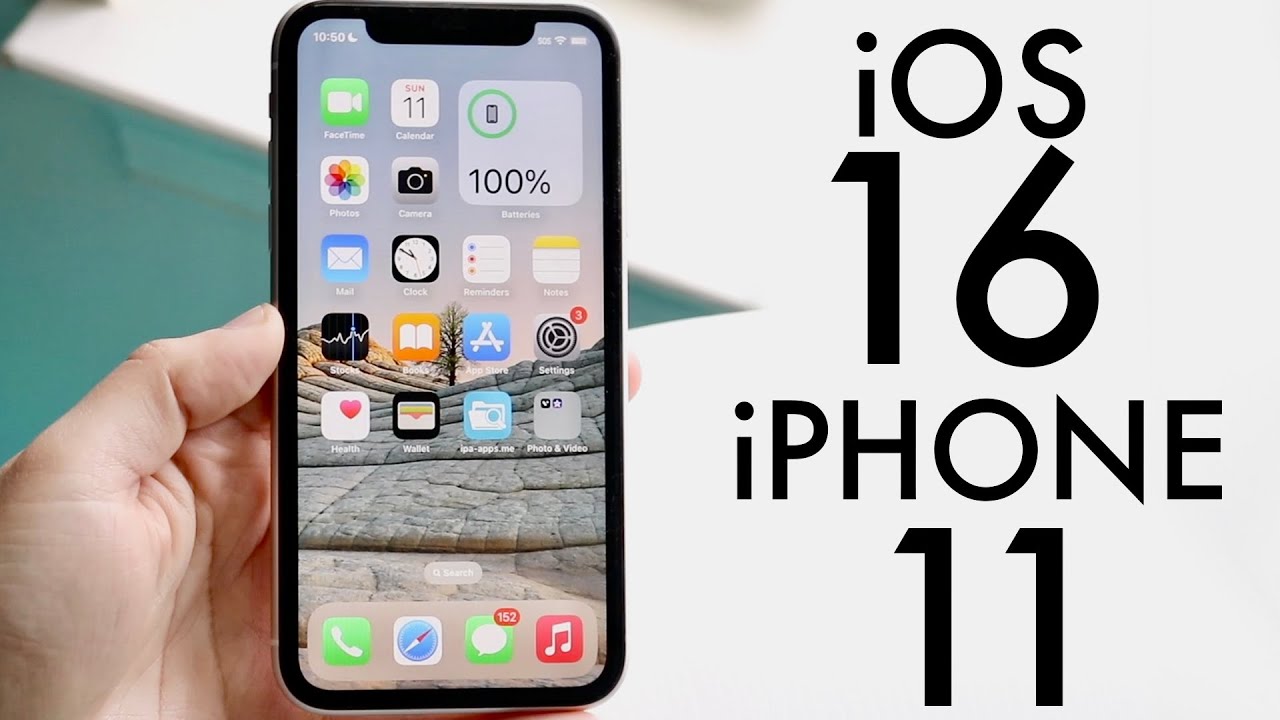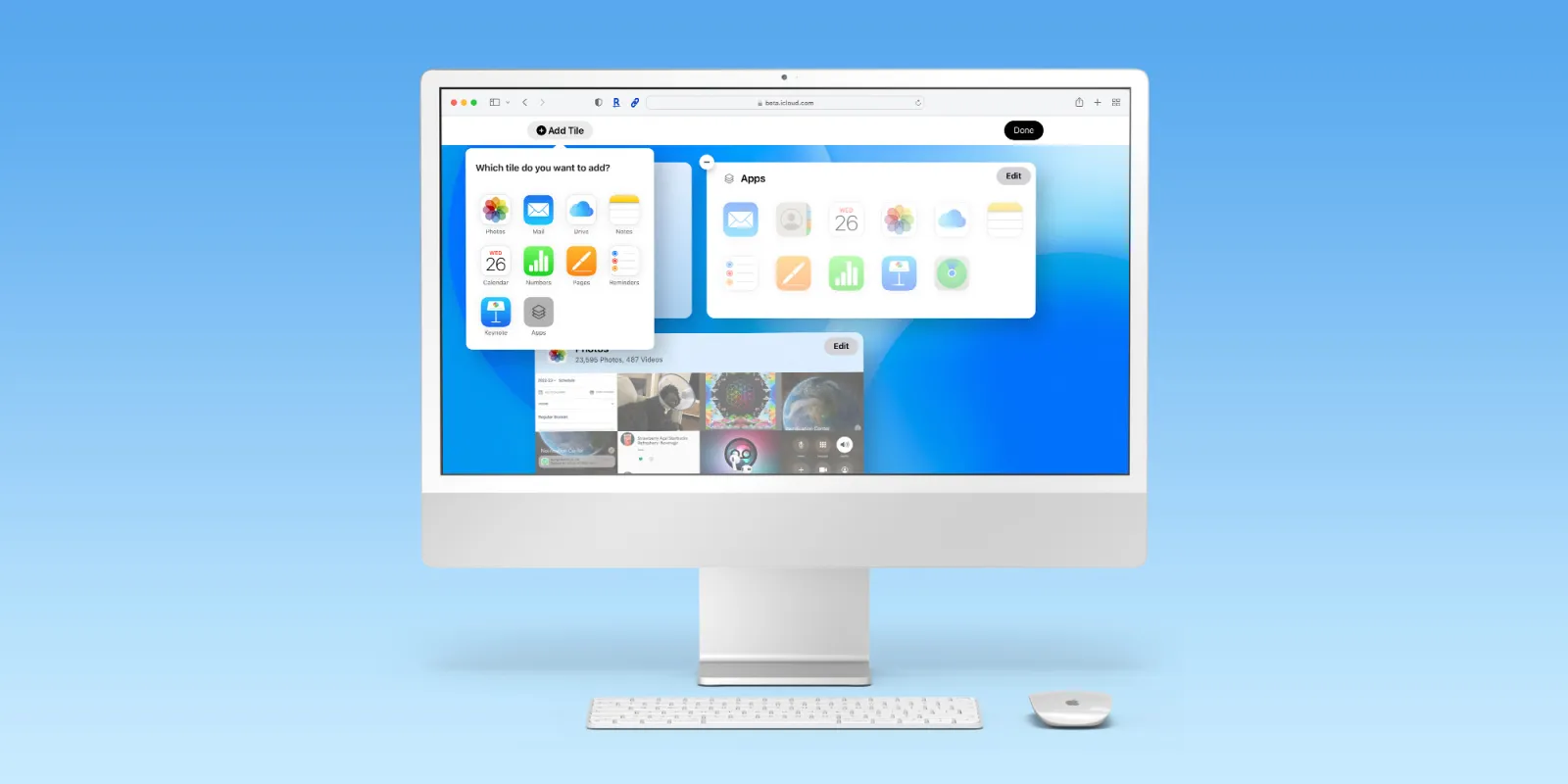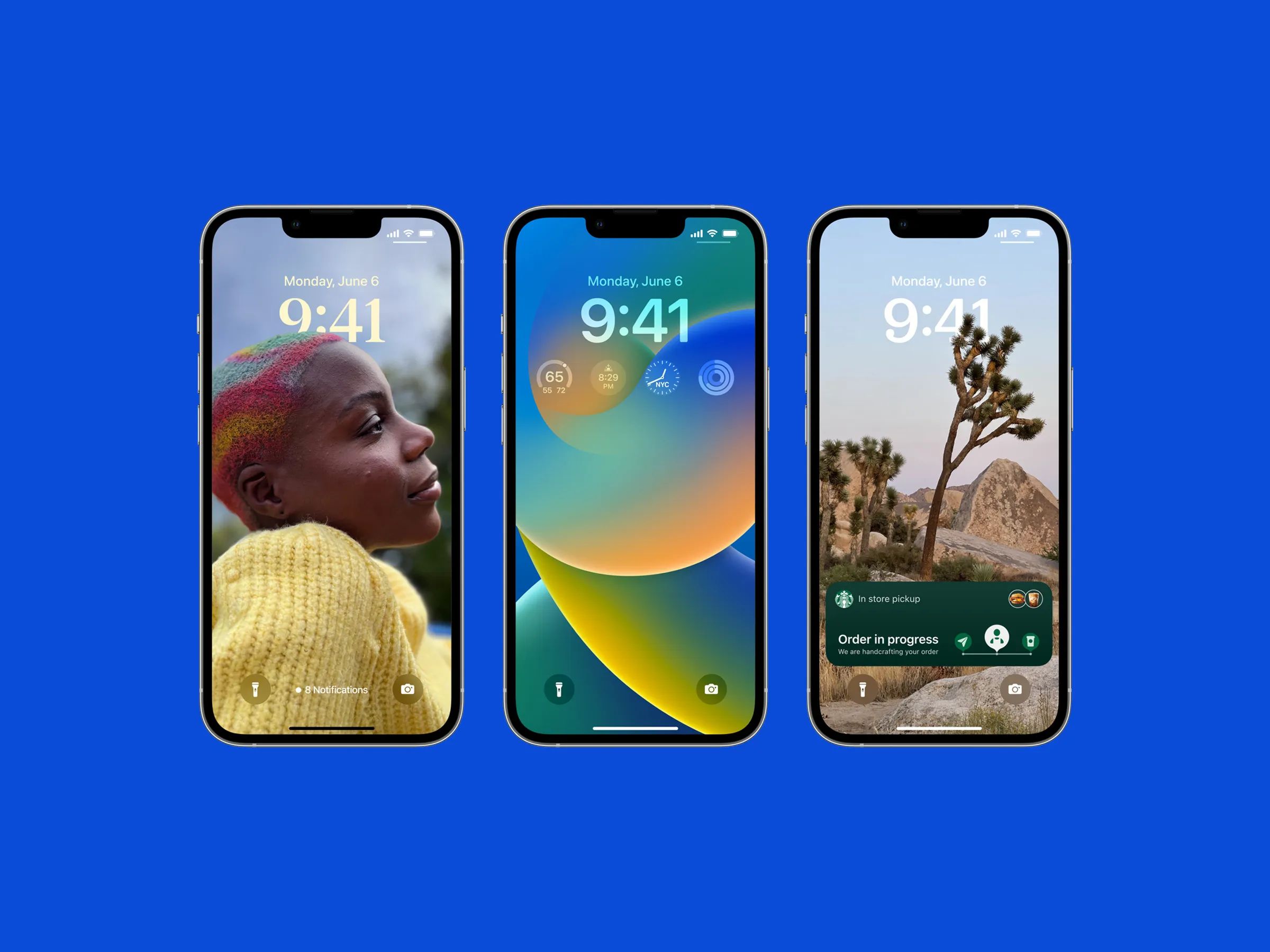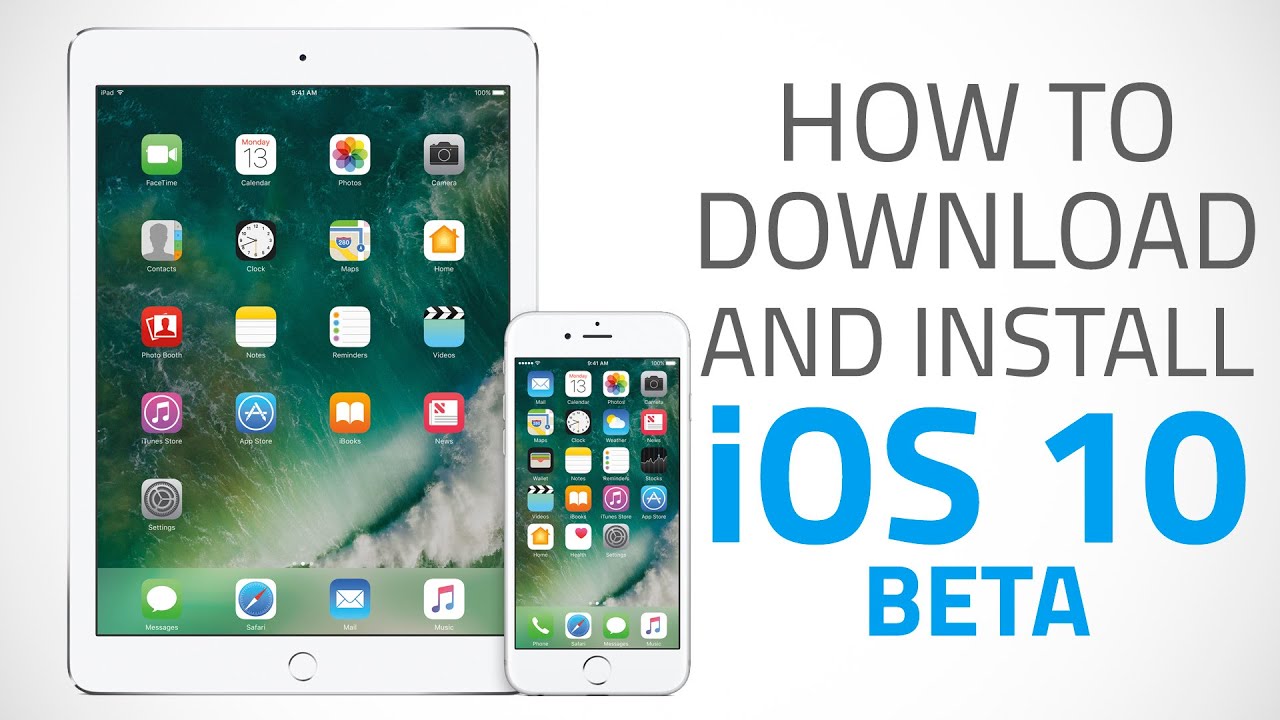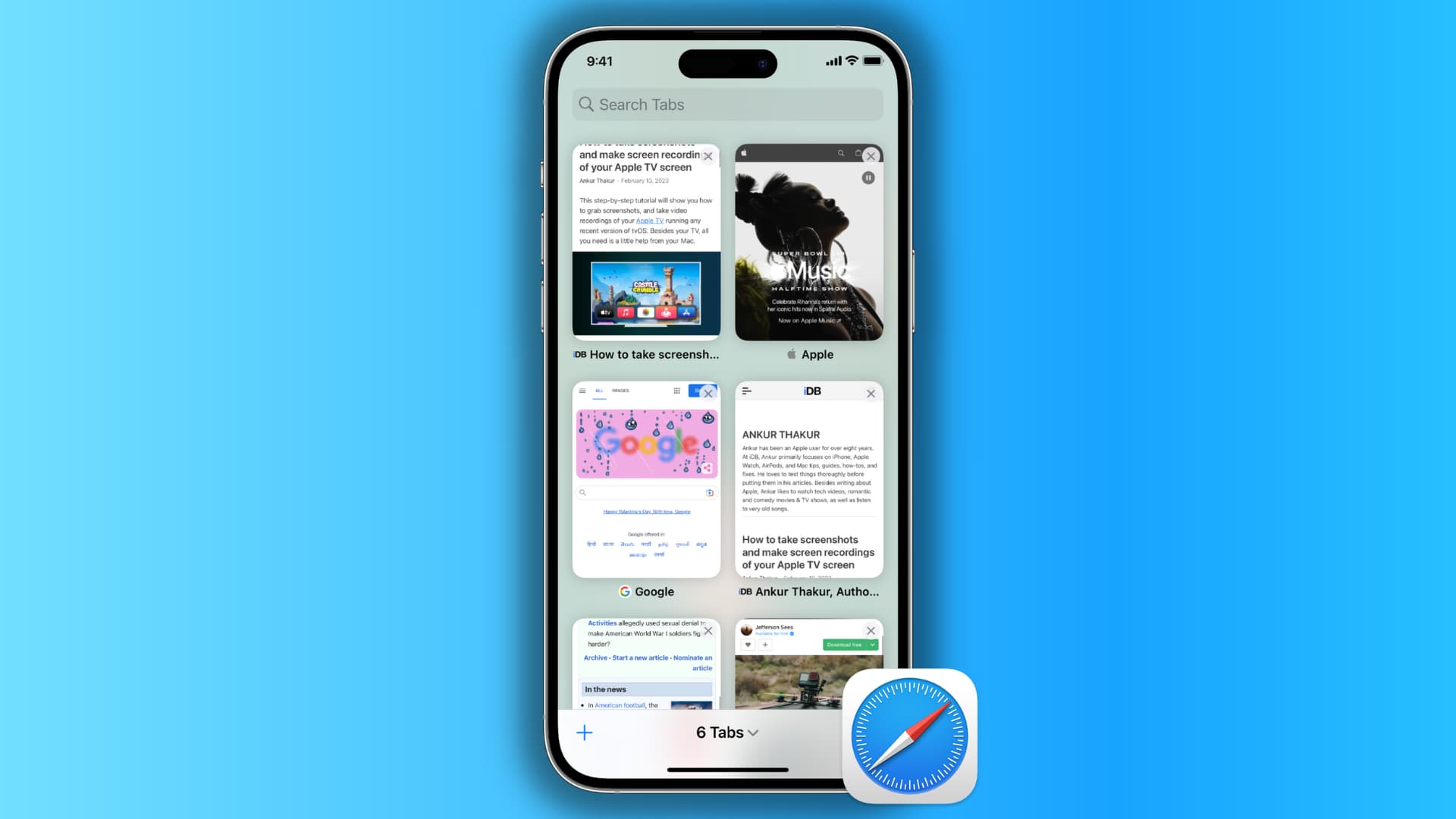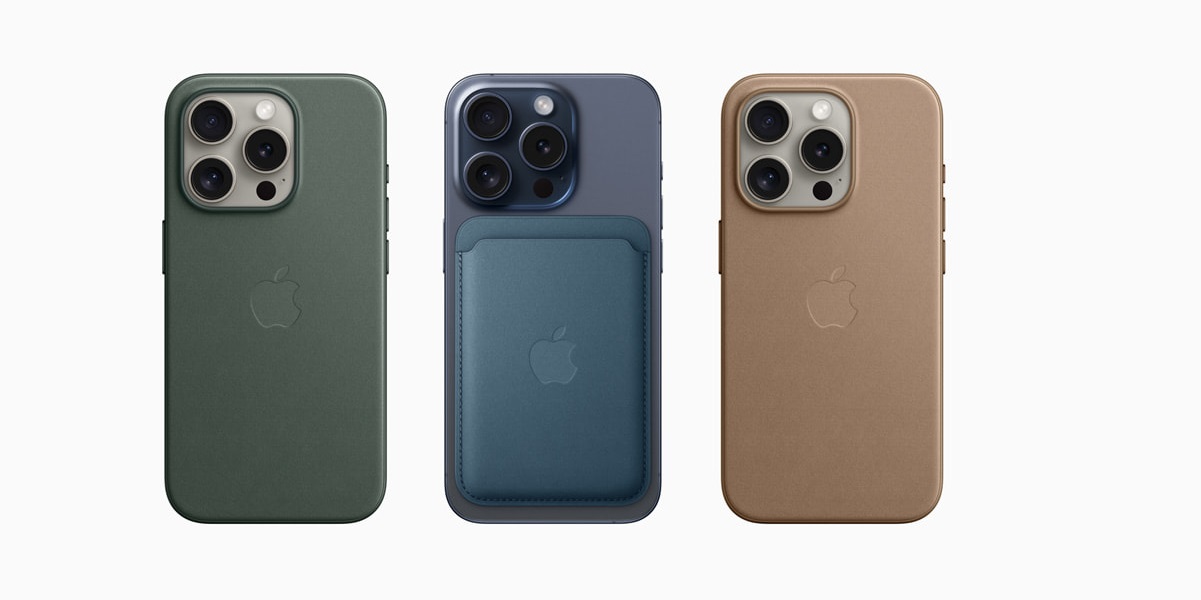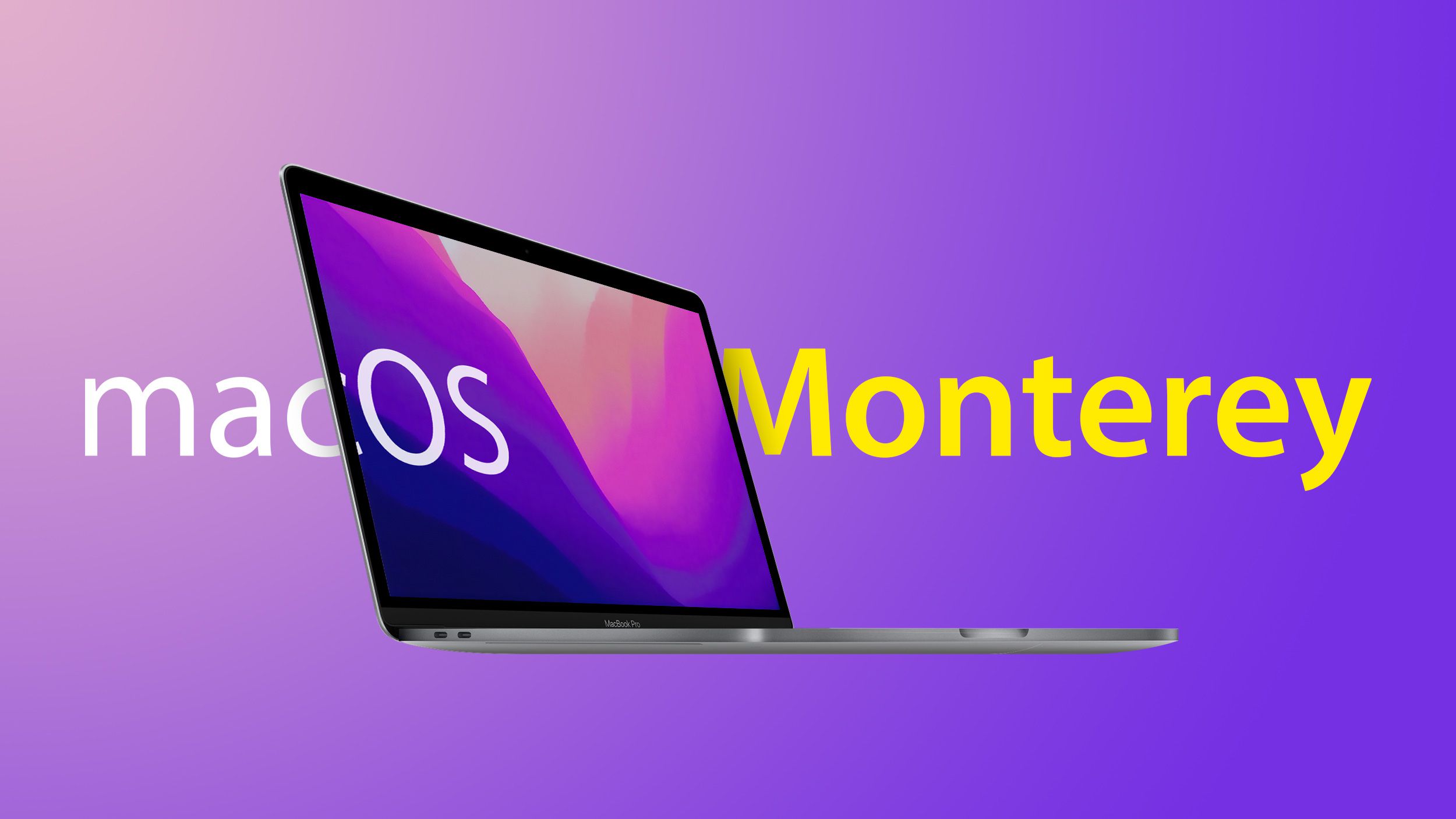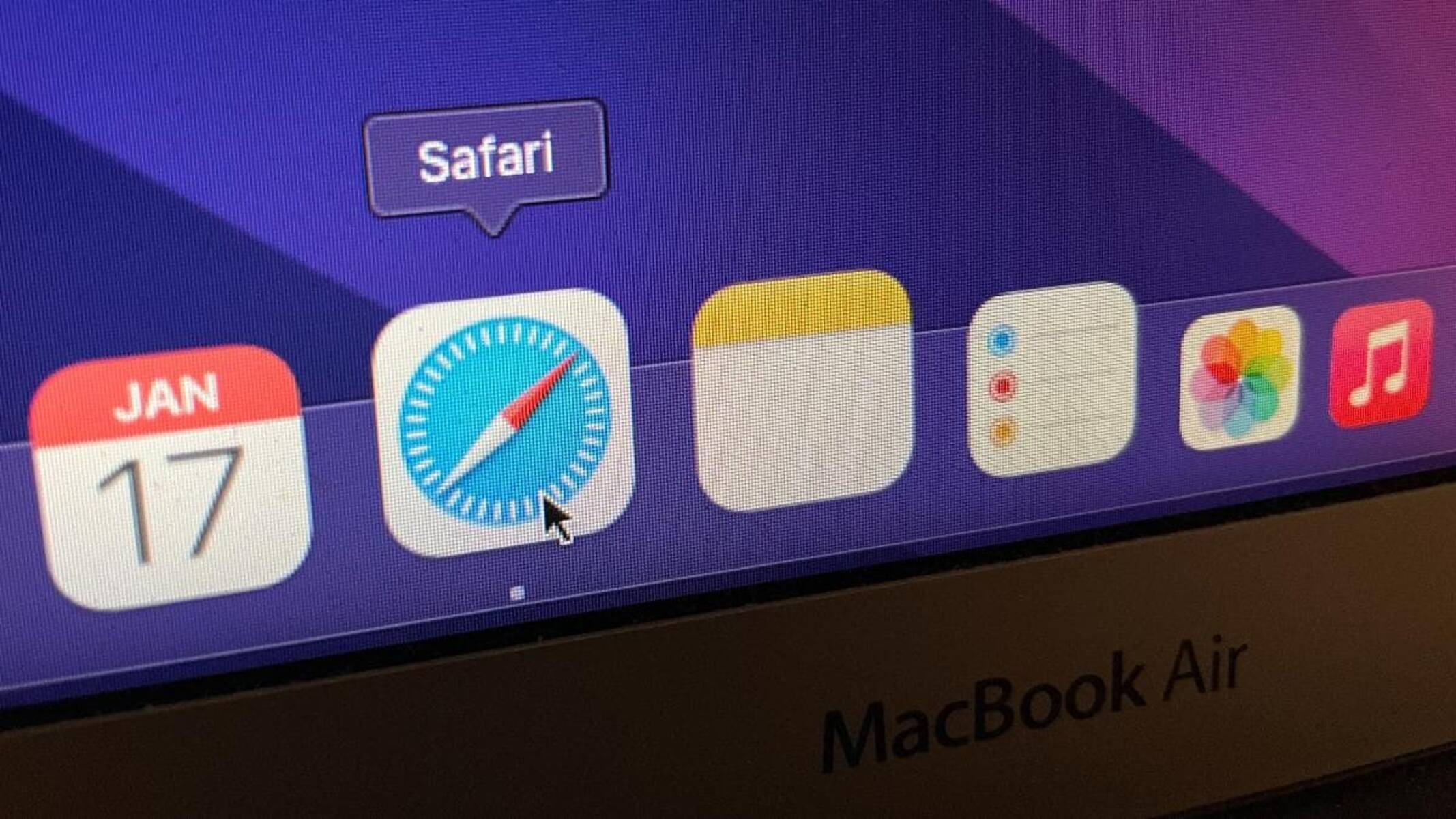Apple has recently launched a revamped iCloud app specifically designed for Windows users, aiming to provide a seamless onboarding process and improved content syncing for those who utilize iPhones or iPads without owning a Mac.
Key Takeaway
Apple’s launch of the redesigned iCloud app for Windows signifies the company’s commitment to providing a seamless and integrated experience for Windows users who are part of the Apple ecosystem. The new app not only enhances the onboarding process but also improves security measures and performance, reflecting Apple’s dedication to expanding its services beyond its native platforms.
New Setup Experience and Syncing Status Indicator
The new iCloud app, compatible with Windows 10 and 11, introduces a more user-friendly setup experience, streamlining the onboarding process for users. Additionally, it incorporates a syncing status indicator for different services, offering clearer visibility into the download and upload status of items.
Enhanced Security and Performance
Notably, the updated app allows the use of a physical security key for signing into Apple ID accounts, enhancing security measures for Windows users. Moreover, it reduces the frequency of sign-in prompts and improves photo-syncing performance, particularly with Microsoft Photos. Furthermore, the app provides convenient shortcuts for accessing various Apple services, enhancing overall user experience.
Continued Expansion of Apple Services on Windows
Apple’s efforts to expand its services on the Windows platform have been ongoing. Last September, iCloud.com underwent a redesign, incorporating features such as browser notifications for Mail and Calendar on PCs, a customizable home page with quick action capabilities, and a slideshow view for photos. Additionally, Apple had previously announced separate apps for iCloud, Apple TV, and Apple Music for Windows, with some of these apps, including Apple Music and Apple TV, being released in preview last year. These apps now offer a standalone experience on Windows, aiming to replace the traditional iTunes platform. Furthermore, Apple has introduced a dedicated Devices app for device management, reducing the reliance on iTunes for this purpose.







